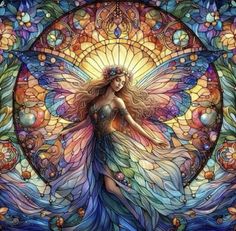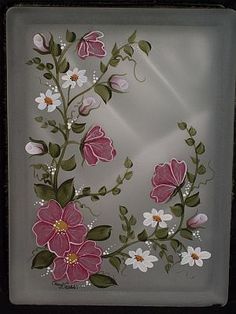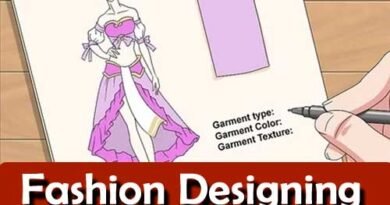Glass Paint In Fashion Design
Glass painting has been a unique and evolving technique in fashion design, offering designers a creative medium to express artistic visions through vibrant colors and intricate designs. This class note explores the application of glass paint in fashion design, its techniques, historical context, contemporary relevance, and practical considerations.
Historical Context

Glass painting as an art form dates back centuries, originating in medieval Europe when stained glass windows adorned cathedrals and churches. The technique involved painting on glass panels using pigments mixed with a binding agent. Over time, this art form expanded beyond religious contexts to include decorative objects and later, fashion.
Techniques and Materials
1. Glass Paint Types:
- Transparent Glass Paint: Used to achieve a stained glass effect, typically applied in thin layers to allow light transmission.
- Opaque Glass Paint: Provides solid colors and is used for covering large areas or creating bold designs.
- Special Effects Paint: Includes metallics, glitter, and textured paints for adding dimension and visual interest.
2. Application Techniques:
- Brush Application: Most common method involving fine brushes for detailed work.
- Spray Application: Suitable for large areas or achieving gradient effects.
- Stencil Techniques: Using stencils to create precise patterns or motifs.
- Decal Transfer: Applying pre-made glass decals onto fabric or accessories.
3. Surface Preparation:

- Cleaning: Ensuring the glass surface is free of dust and oils.
- Priming: Using a primer or base coat to enhance paint adhesion.
- Fixing: Heat-setting or curing the paint to ensure durability and washability.
Applications in Fashion Design
Glass paint in fashion design offers versatility across various applications:
1. Clothing and Accessories:
- Textile Design: Decorating garments, such as dresses, blouses, and scarves, with intricate designs.
- Footwear: Customizing shoes with unique patterns or motifs.
- Bags and Accessories: Adding artistic elements to handbags, belts, and jewelry.
2. Costume Design:
- Theatrical Costumes: Creating costumes for stage productions where vibrant colors and elaborate designs are required.
- Fashion Shows: Designers use glass paint to showcase unique and avant-garde pieces on the runway.
3. Home Decor:
- Soft Furnishings: Enhancing home textiles like curtains, cushions, and bedspreads.
- Decorative Items: Glass-painted vases, lampshades, and decorative plates.
Design Considerations
1. Color Theory: Understanding color interactions and how different hues can evoke moods or complement fabric textures.
2. Design Principles: Applying principles such as balance, rhythm, and proportion to create harmonious compositions.
3. Fabric Compatibility: Choosing fabrics that can withstand the painting process and subsequent wear or washing.

4. Durability: Ensuring paints are wash-fast and durable, especially for garments and accessories subject to frequent use.
Contemporary Trends
Glass paint continues to be relevant in contemporary fashion for several reasons:
1. Individual Expression: Designers and artists use glass paint to express unique styles and narratives.
2. Sustainable Fashion: Upcycling old garments with glass paint reduces waste and promotes sustainable practices.
3. Collaborations: Collaborations between fashion designers and glass artists result in innovative designs that merge traditional craftsmanship with modern aesthetics.
Conclusion
Glass paint in fashion design exemplifies the fusion of artistry and functionality, offering designers a versatile tool to create captivating garments and accessories. Understanding the historical context, mastering application techniques, and considering design principles are crucial for harnessing the full potential of glass paint in contemporary fashion.
By embracing this technique, designers can push the boundaries of creativity and offer consumers distinctive pieces that blend art with wearable fashion. As the fashion industry continues to evolve, glass paint remains a timeless and expressive medium for designers seeking to make a lasting impression.

